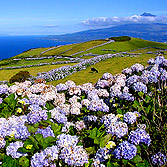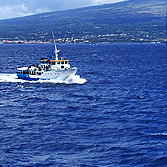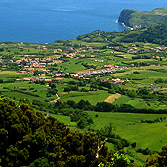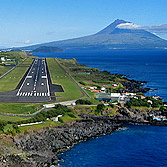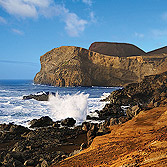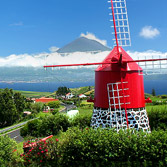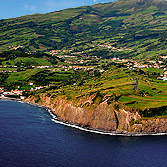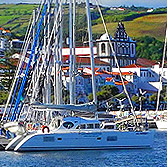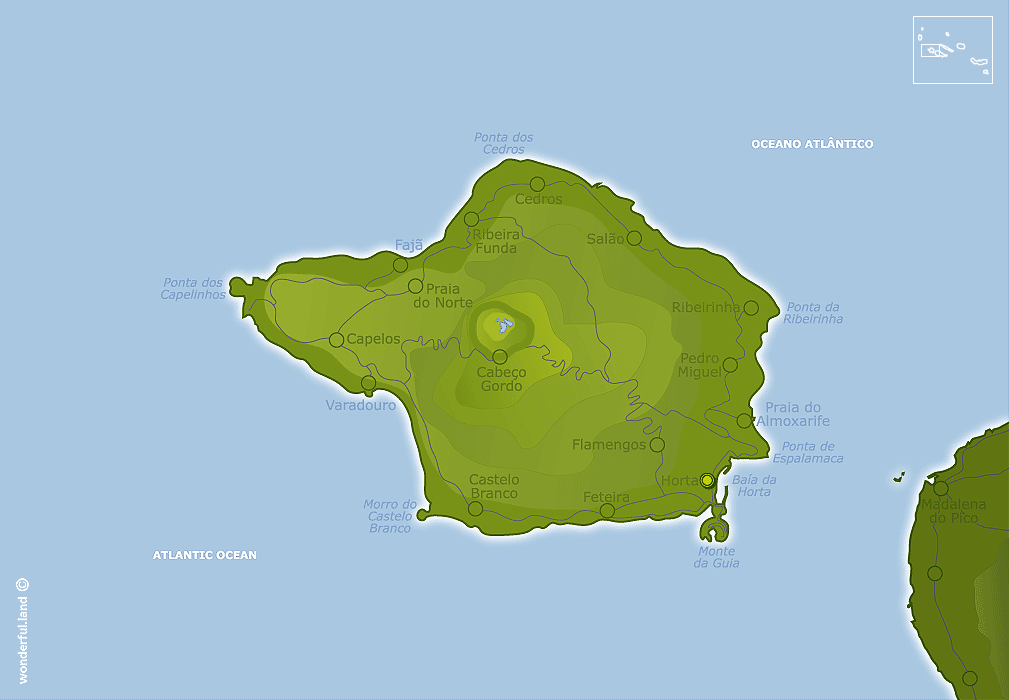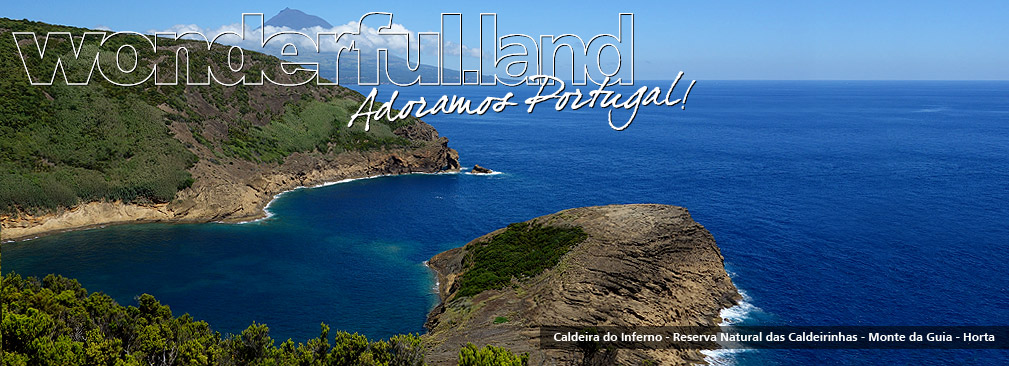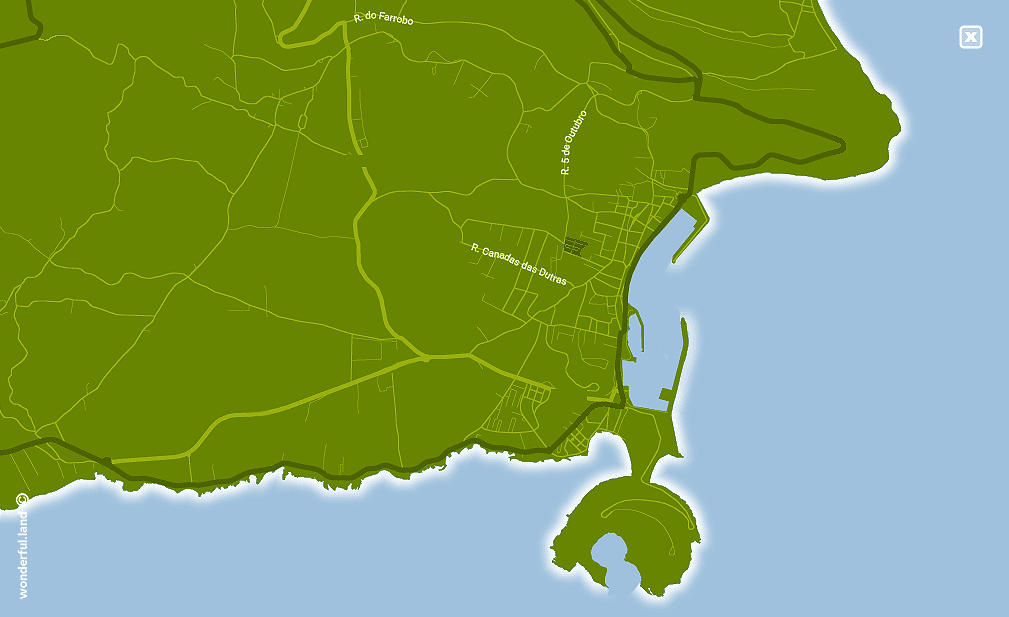Açores - Island of Faial
Through the paths and roads of Faial, a profusion of hydrangeas brings to land the tones of the sea, materializing the relationship between the floral blue and the green of vegetation and pastures, that justifies the epithet of Blue Island. But everything changes at the Capelinhos Volcano, in the arid and rugged landscape of Europe's youngest volcanic peninsula, where...

Açores - Island of Faial
Through the paths and roads of Faial, a profusion of hydrangeas brings to land the tones of the sea, materializing the relationship between the floral blue and the green of vegetation and pastures, that justifies the epithet of Blue Island. But everything changes at the Capelinhos Volcano, in the arid and rugged landscape of Europe's youngest volcanic peninsula, where grays also dazzle.
The island of Faial is separated from the island of Pico by a narrow sea arm of 4.5 nautical miles wide, known as the Faial Channel. Legend has it that the first inhabitant of the island was a hermit, who took there refuge from the world. In the fifteenth century, Josse van Hurtere, a Flemish of possessions, landed in Faial then inhabited by despondent Portuguese settlers who looked for mines of tin and silver that did not exist. With a different perspective, van Hurtere realized the fertile potential of the island and quickly obtained a charter as Captain donee, as well as the right to import labor. Thus, in 1468, the settlers from Flanders began to arrive, having first settled in the place of Flamengos and later, in the city of Horta. Up until the 1860s, the privileged position on the Atlantic and the offer of a sheltered harbor was a huge attraction for the orange trade ships and for the American whalers, coming to replenish. At the beginning of the twentieth century, with the completion of the Meteorological Observatory in Horta, Faial gains even greater strength. The military aviation began to take advantage of the privileged position of the island to scale the first seaplanes that crossed the Atlantic, just after the First World War. In the following decades, the major european and american commercial airlines also chose the Horta Bay as a landing place for their planes of the sea.
Today, Faial is an island with a mild climate, but with a bustling international atmosphere, being the Horta the most lively and cosmopolitan city of the Azorean archipelago. It is a haven for boaters with their elegant yachts seeking shelter at the Marina, a gin at Peter's Café Sport and a souvenir painted on the pier wall, which brings good luck to their travels across the North Atlantic.
Don't miss: Semana do Mar, Capelinhos, yachting, fishing and scrimshaw

